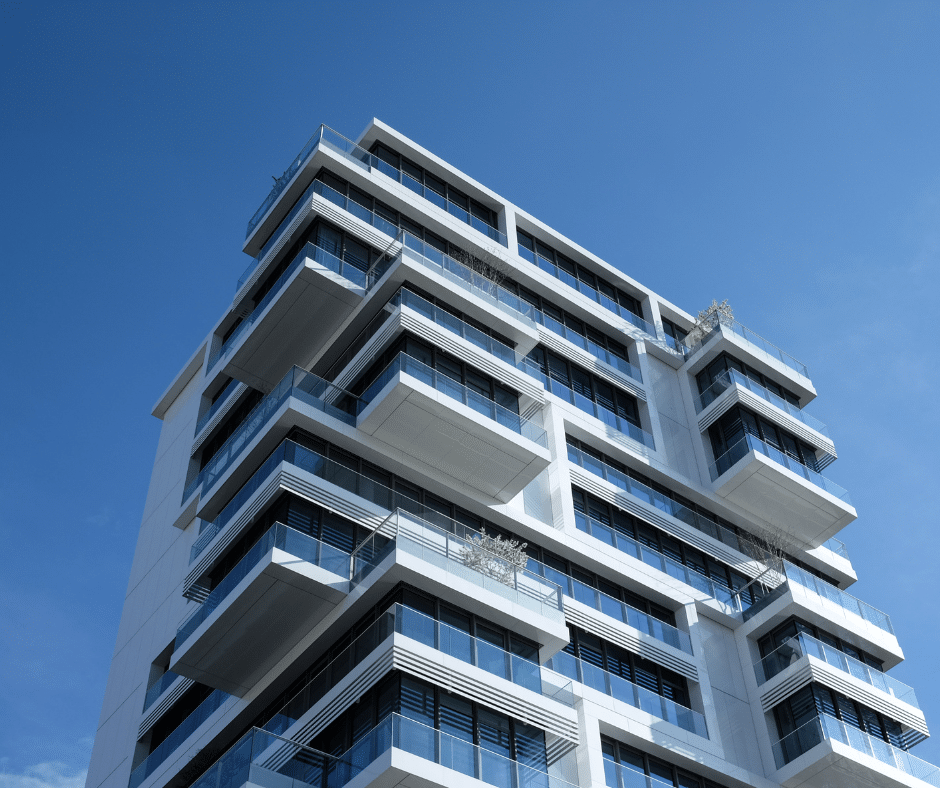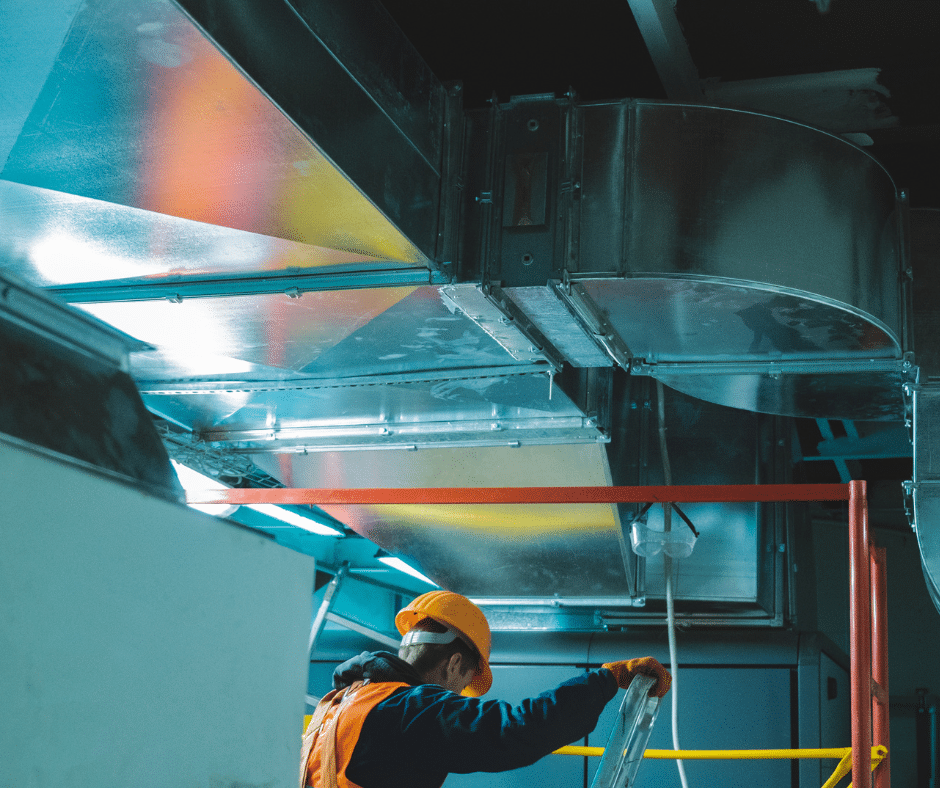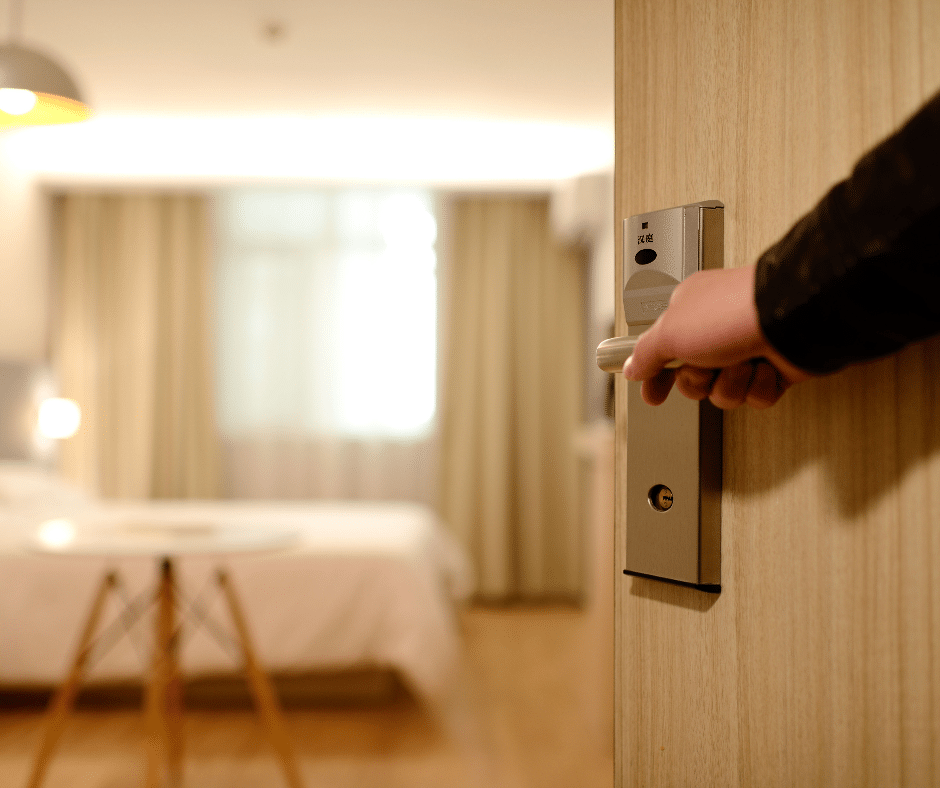Smart buildings are highly modern constructions, either newly built or old buildings subjected to renovation and energy requalification. The more next-generation technologies are used, the more advanced these constructions become. An aspect that a significant impact in terms of energy saving, sustainability, and indoor health and safety, is the hygienic management of HVAC systems. Before going deeper into the topic of HVAC hygiene in smart buildings, let’s focus on the characteristics of smart buildings.
Features of Smart Buildings
Smart buildings are edifices where system management is automated (building automation) and innovative. The goal is to simplify human life while also protecting the planet through improvements focused on sustainability and energy efficiency. Here are some examples:
- automated lighting and ventilation systems (heating and air conditioning) makes it possible to avoid energy waste by remaining operational only when truly necessary;
- alarm systems enable remote access to cameras and send notifications in case of suspicious events, enhancing the security of the building;
- workplace safety and, more generally, safety in indoor environments mustn’t be omitted. To optimize it, systems that allow remote monitoring of the hygienic conditions of HVAC systems are emerging, aiming to prevent indoor air contaminations that could be harmful to human life.
Smart Buildings and HVAC Systems Hygiene
Over the last decade, technologies that continuously monitor the hygienic conditions of HVAC systems have been developed. The algorithm comprehends the system’s level of dirtiness thanks to artificial intelligence and machine learning and it sends notifications to schedule sanitization before contamination levels pose risks to human health, also preventing potential damages to the HVAC system. This eliminates the risk of recontamination between inspections; moreover, you won’t need to worry about inspections, because the system itself sends alerts when an issue arises.
Technology is useless if health is constantly at risk. By integrating Remotair into your buildings, you’ll ensure excellent indoor air quality and protect occupants’ health! Discover more, click on the button below!
Always turn to a NADCA certified member for the hygienic maintenance of your HVAC systems!





